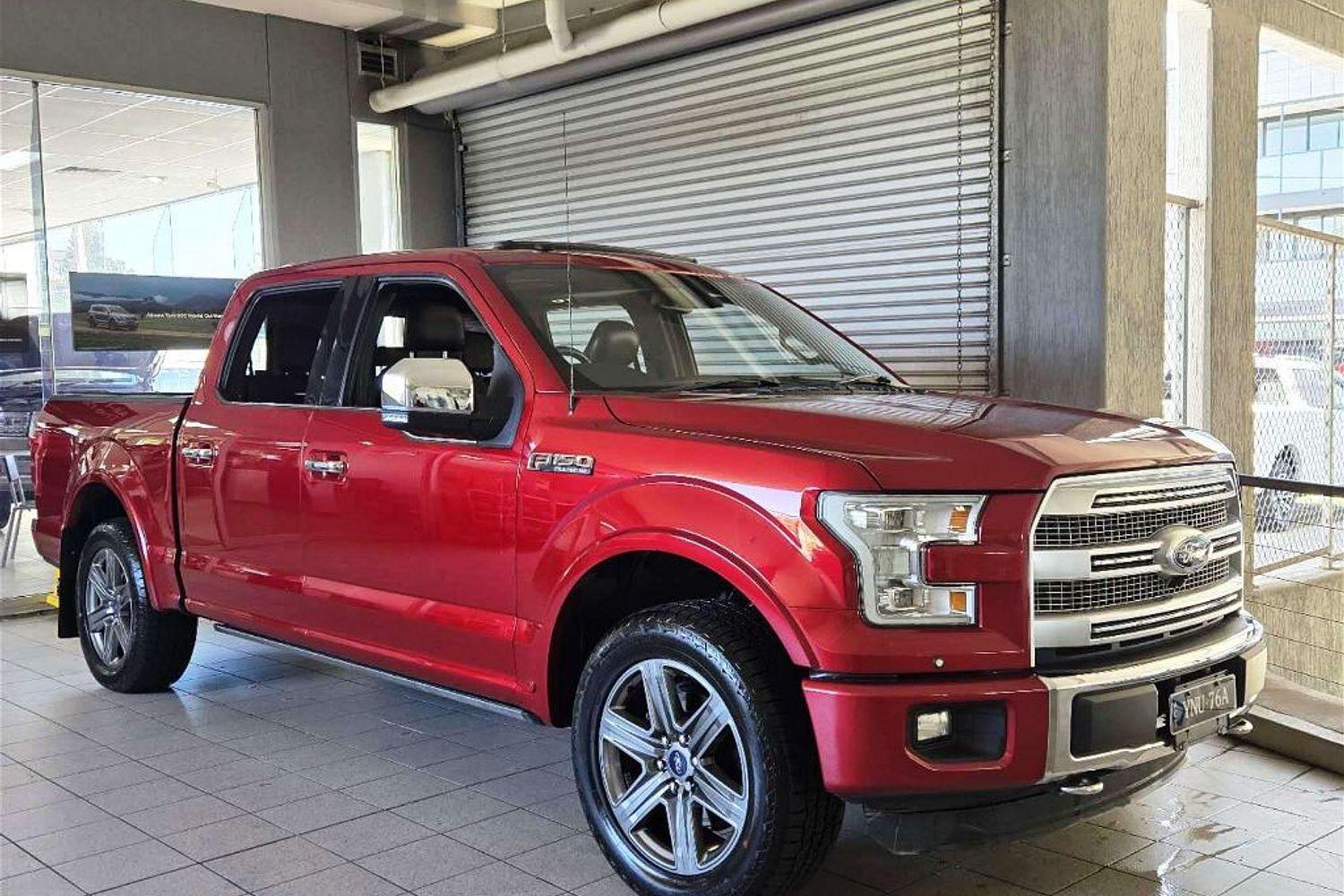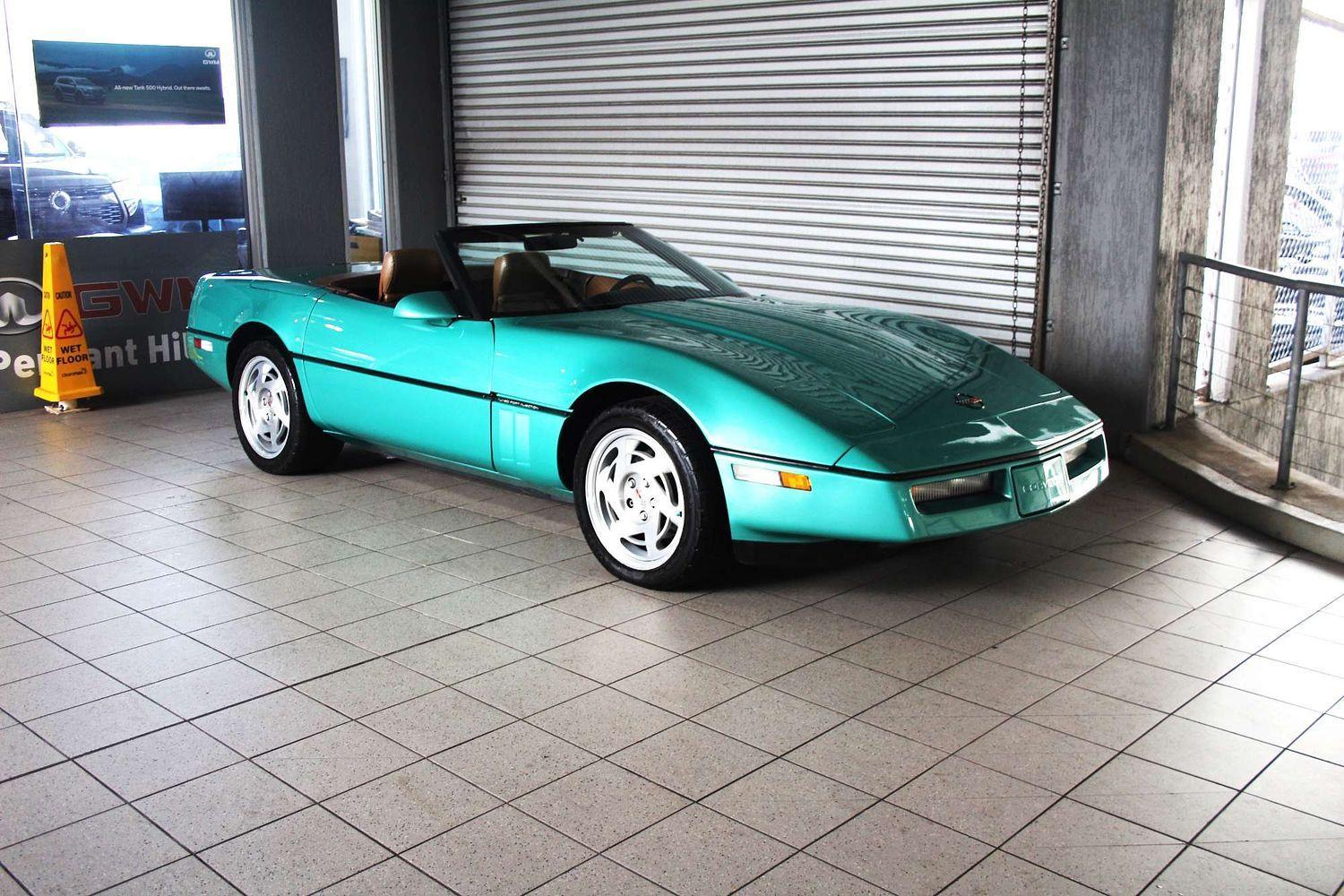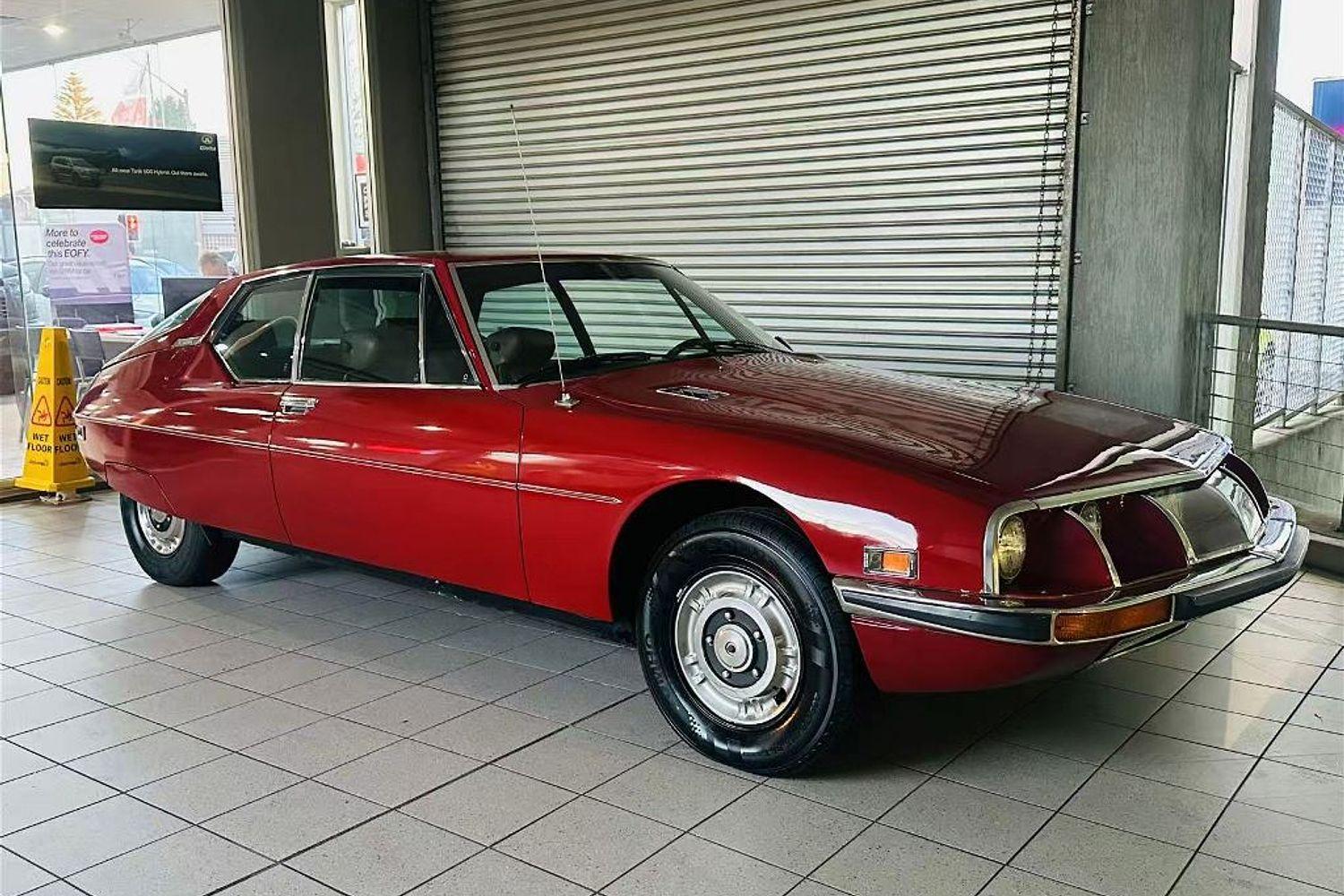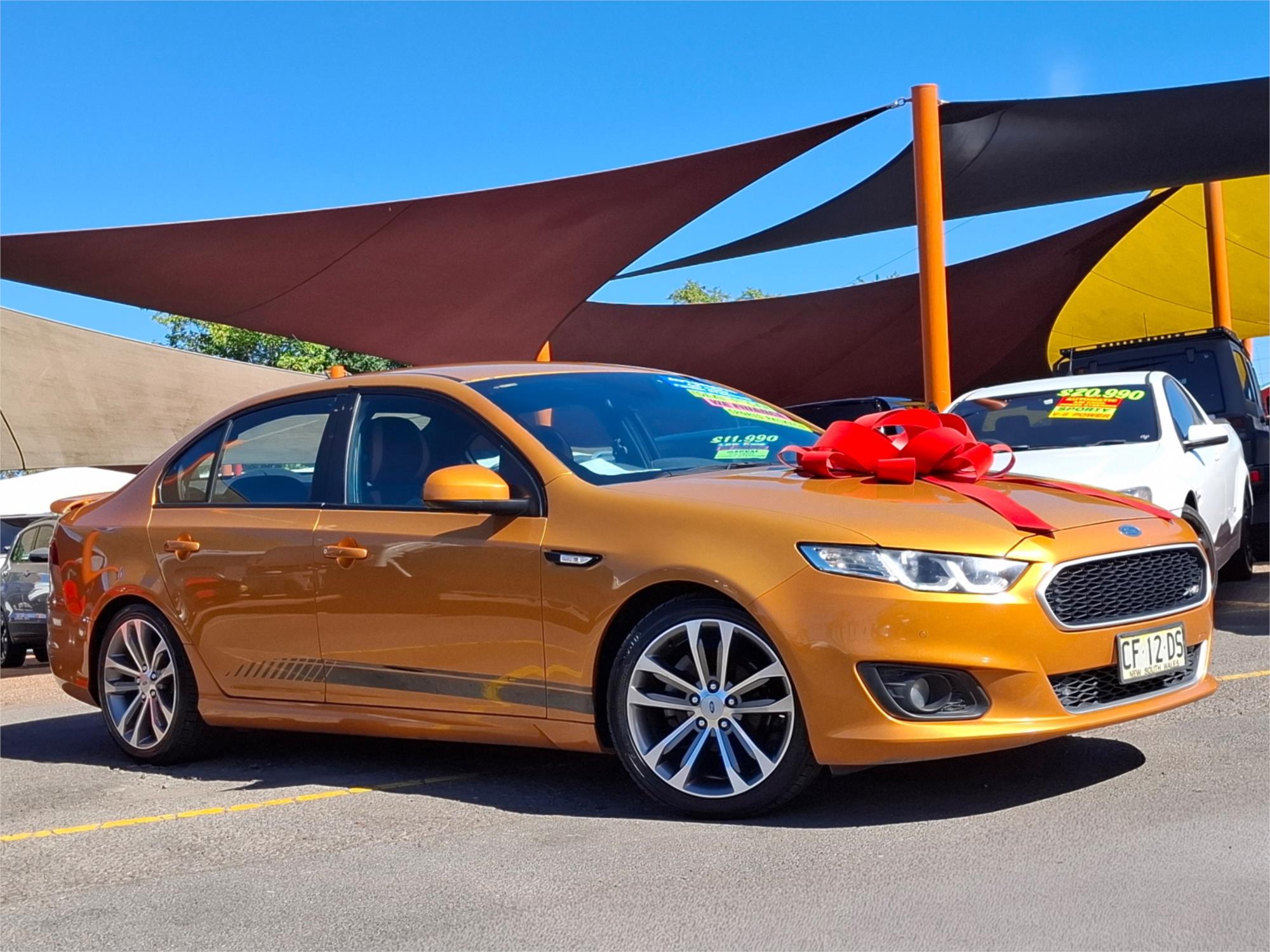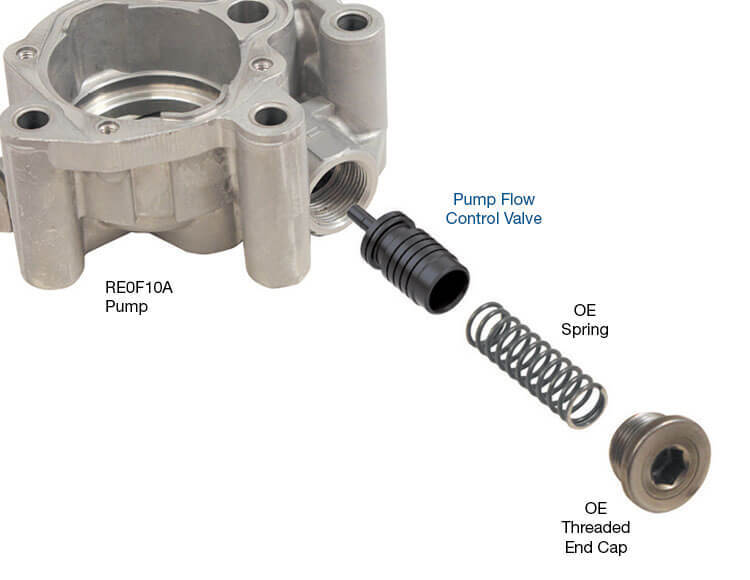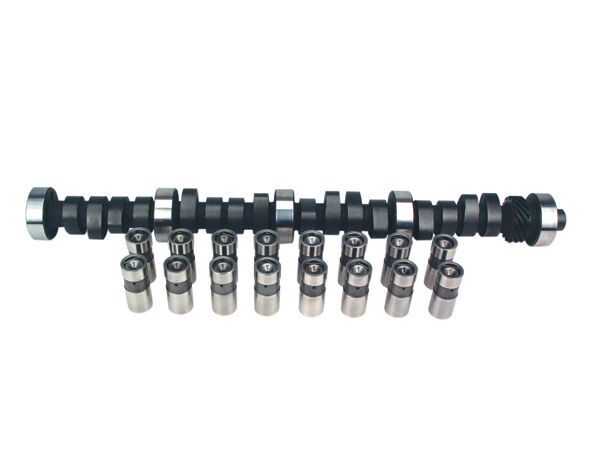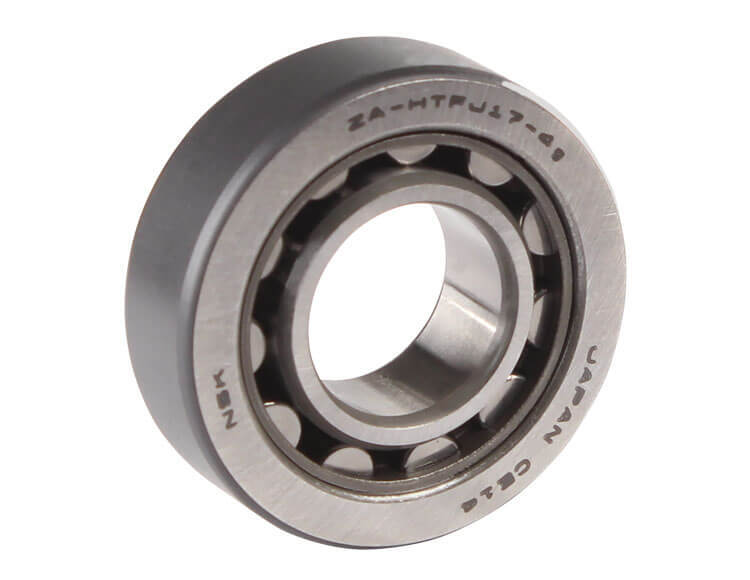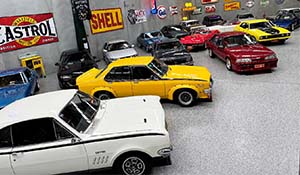Maserati Boomerang turns 50
This past March marked 50 years since Maserati unveiled their ‘Boomerang’ concept at the 1972 Geneva Motor Show.

Designed by Giorgetto Giugiaro of Italdesign, the Boomerang actually made its public debut at the previous year’s Turin Motor Show, but was a non-functional mock-up then. What Maserati put on show at Geneva in 1972 was not only running and driveableit was registered, too.
Defined by its low-slung wedge styling, angled doors and abundance of trapezium shapes in the glass area, the Boomerang was a continuation of styling themes Giugiaro had already explored on previous concepts like the Alfa Romeo Iguana, Bizzarrini Manta, Alfa Romeo Caimano and Porsche 914-based Tapiro.

Straight Lines
Giugiaro himself described the Boomerang as a “provocation” when it was new, referring to the overabundance of straight lines in the body when more sensuous curves were the norm, even on some of his own recent that included the Ghibli and Bora models for Maserati and the De Tomaso Mangusta.
The Boomerang’s bonnet and windscreen were one continuous straight line, with a rake of just 13 degrees, while a hexagonal cross section allowed the window treatment and air intakes above the horizontal belt line to be reflected below.
A distinctive feature on the Boomerang, the two-piece side window treatment had previously been seen on the Lamborghini ‘Marzal’, a concept styled by Bertone’s Marcello Gandini in 1967. Giugiaro would have most likely been familiar with this, having worked with Gandini at Bertone before moving to Ghia, then establishing Italdesign in 1968.
Moving up and over the Boomerang’s shallow bonnet/windscreen line, a flat roof led to a similarly shallow treatment down to the tail, which was almost vertical.
Headlights were of the pop-up type to preserve the sleek front-end treatment, while horizontal tail lights were recessed to preserve the purity of the concept’s profile. However, two sets of dual exhaust tips poking through the rear bumper did disturb this somewhat.
Like the body, the Boomerang’s wheels were a continuation of themes seen on the Caimano and Tapiro, with the application of rectangular and square openings giving the rims a sculptural look.

Radical Interior
As distinctive as it was outside, the Boomerang’s interior was even more individual, with the instrumentation, switches and indicator toggle switch all placed “within” the steering wheel.
Attached to a two-piece steering column, the steering wheel rotated around the stationary instrumentation, ensuring vision of all the gauges and access to the switchgear was uninterrupted.
A history of Italdesign states that a complex chain system for the two steering columns prevented the wheel being pushed into the driver in an accident, and even though airbag technology was in its infancy in 1972, the steering wheel and instrumentation configuration was said to be able to take an airbag, too.
Low-slung bucket seats were fixed in place, with the curves of these, the steering wheel, dash arrangement and other details inside designed to contrast all the straight lines outside.
Bora Base
Under its sleek styling, the Boomerang used the chassis and running gear of Maserati’s Bora, taking that model’s 4.7-litre V8 engine and also mid-mounting it, as per the Bora.
Driving the rear wheels through a five-speed manual gearbox. the V8 produced 310hp (231kW) and could propel the Boomerang to a top speed of almost 300km/h, according to Maserati.

Future Predictor
Considered by many to be a genuine work of art, the Maserati Boomerang was revolutionary at the time and directly influenced the styling of many subsequent cars, most notably the Lotus Esprit, BMW M1 and DeLorean – all of which were also designed by Giugiaro.
Although it influenced the design of cars from a variety of other brands, the Boomerang’s styling features didn’t translate directly to a Maserati production model and it remained a one-off.
After starring at many more auto shows through the 1970s, Maserati sold the Boomerang and it passed through several European owners in the decades that followed. It was also restored twice; once cosmetically in the 1980s, then more comprehensively in the early 2000s.
Following its restoration, the Boomerang has been a star attraction at concours events throughout Europe and also featured in an advertising campaign for Louis Vuitton.
In 2015, the Boomerang sold at auction through Bonhams, changing hands for US$3.7 million.


